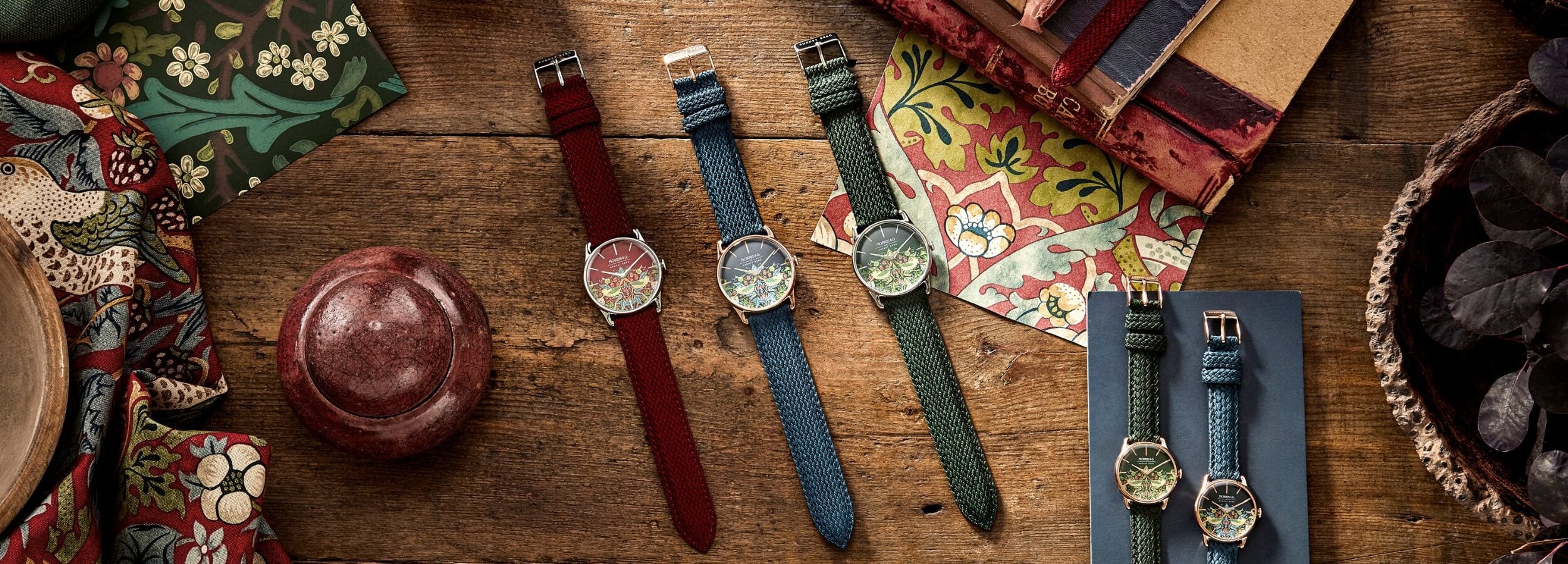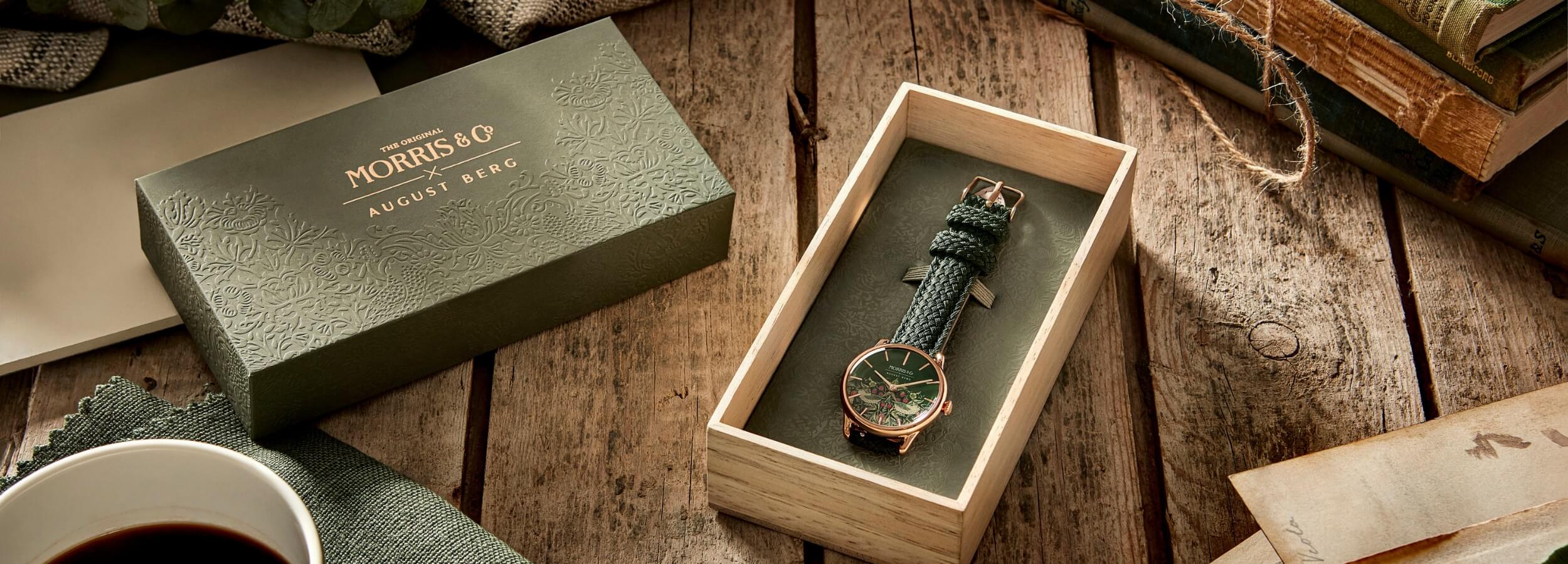Craft a unique message tailored for your loved one
Write your own message below and choose when you'd like us to send it to your special one



Today, we take a look at an intricate, carefully curated period of design and architecture during the long reign of the Victorian era (1837-1901). In contrast to the grand excess of ornaments in the Victorian era, the Arts and Craft movement was a bid for the reformation of mid-19th century Britain, intending to create novelty with simple beauty, character and with thought.
Disenchanted with the impersonal, mechanised direction of society in the 19th century, the spearheads of this movement sought to return to a simpler, more fulfilling way of living. As such, the Arts and Craft movement was admired for the use of high-quality materials and practical yet Daedalian designs.
Reiterative Forms
The most distinguishing feature of works from this movement is simple, reiterative forms and shapes. These simple shapes accentuated the inherent beauty of the canvas it was crafted upon, be it wood or fabric.

This design is called ‘Willow Boughs’ and is done by the most prominent figure of the Arts and Craft movement, William Morris. Here, the recurring theme of curving willow branches is characteristic of Morris’ flair in sinuous geometry. There is also a geometric sophistication about the swirling leaf patterns that ease the eyes while creating structure and order. With the use of soft colours, this wallpaper exudes elegance and class without elaborate nor excessive adornments.
Nature
Bringing the focus back to the simple beauty of nature, designers during the Arts and Craft movement predominantly used nature motifs as centrepieces for their works. William Morris was especially known for his flair for making a masterpiece out of seemingly mundane plantlife and animals like the bachelor’s button and common animals.

This is one of Morris’ most iconic designs entitled ‘The Strawberry Thief’. In line with the title, the central theme of this design is the common thrush who is caught red-handed while stealing strawberries. Impeccable design mirroring was achieved via the use of geometric symmetry of floral patterns, which adds a whole new layer of intricacy into this masterful piece.

Another marvellous work by Morris is the ‘forest’ pattern, featuring an array of forest fauna including a hare, a fox and a peacock. Again, the use of acanthus leaves to fill in the spaces between each animal is a distinguishing attribute to this fine movement, setting up a perfect base for each creature to shine.
Many other well-known designers jumped unto this movement and created an array of works on different canvases, including gothic revivalist August Pugin, who crafted this ornamented wooded bench:

And American muralist and painter John La Farge, who created this stained glass entitled ‘Helping Angel’:

“Simplicity of life, even the barest, is not a misery, but the very foundation of refinement.”
-William Morris
The ideology of “beauty in simplicity” spread like wildfire to the rest of Europe, America and Asia. It also created many positive externalities, like curbing pollution via the switch to organic dye from chemical ones and handcrafting goods instead of mere mass production. In all, people resonated deeply with the graceful meaning behind this movement and wanted to bring back the authenticity lost through the gilded ages.
In modern times, the core values of the Arts and Craft movement persist, morphing into self-realising morals that aim to remind us to go back to our roots, and finding fulfilment in life’s simplicity.
Inspired by the Arts and Craft movement? Take a piece of this simple yet deeply meaningful moment in time home with you today.

Designed in exclusive collaboration with the iconic British heritage brand - Morris & Co.. The chemistry between Minimalism & Maximalism!

Designed by Magnus Joergensen with Minimalism philosophy of both Modern & Vintage, making it last in time.

Equipped with anti-reflective & scratch-resistant glass, made of specialized single-dome sapphire crystals - Serenity collection

Crafted with meticulously chosen Japanese Miyota Quartz movement, ensuring precision & the utmost accuracy in timekeeping.

Can be engraved with your own message, making it a perfect meaningful gift for your loved ones.

With every watch sold, we help gift a child with 6 month of quality education in Asia & Africa. And, with every 20,000 watches sold, we will build a school with Human Practice Foundation. But why education?

Delivered in sustainable & reusable Bamboo Boxes, certified by Forest Stewardship Council®

August Berg supports Carbon Removal for every shipment, ensuring that your delivery is carbon-neutral, and certified by Carbon Direct.